1. Model A in Associative socionics
Model A structure, 16 CPPT model, Freud’s model, TPE model, Chakra system.
2. Structure of Model A Socionics was founded in the 1970s by a Lithuanian pedagogue and economist Aušra Augustinavichute. A. Augustinaviсhute described information metabolism of each of the 16 personality types; created a model A by giving each functions a specific symbol.
3. Model A (continue) • In School of Associative socionics is used slightly different presentation in a shape of a butterfly which does not affect the meaning of the model. The mental/conscious circle is positioned on the left and the vital/subconscious circle on the right. • Don Quixote -ILE- ENTp. The Innovator. The intuitive logical extravert. Ne Ti – Ego; Fi Se – Superego; Si Fe –Superid; Ni Te – Id. Program Ne Ni Restricting Creative Ti Te Background Vulnerable Fi Fe Mobilizing Role Se Si Suggestive
4. Logic-symbolic model 16 CPPT The similarity of the arrangement of functions in the CPTL model depicted in the document of registration of the discovery of Aushra on October 1, 1980 “The phenomenon of self- organization of dynamic structures of interpersonal interaction in human society.” CPPT – cooperating psychological personality types.
5. 8 Socionics functions & information aspects Te – Business logics or applied logics – business grip, efficiency, reasonableness, technology; Ti – Structural logics or theoretical logics – abstract structure, system, scientific theories; Fe – Ethics of emotions – open emotional interaction, immediate emotional reaction; Fi – Ethics of relationship – relationships between the people, moral issues, consciousness, and abiding by traditions; Se – Volitional sensory, strength of character, physical strength: desire for power, freedom, dominance, status, acquisition of property, perseverance; Si – Perception sensing or sensory of sensations – harmony of spatial forms, feeling of comfort and relaxation; Ne – Intuition of insight and possibilities– the ability to appraise the internal contents, potential abilities of the subject; Ni – Intuition of doubt or intuition of time – premonition, forecast, ability to detect development dynamics, poetical imagination, mystical feeling.
6. The IM model is the EM model A. Augustinavichute Socionics. Publishing House Black Squirrel 2008. Pages 77-80 Elements of informational metabolism. According to A. Augustinavichute, “energy metabolism is also informational. Four EM cycles correspond to 4 IM cycles. One without the other is impossible. “P. 79 “Since informational metabolism is only a reflection of energy metabolism, we assign the same symbols to the body-strokes of EM and IM.” p. 80 “The formation of blocks. As we have already agreed, each organism has 8 stable parameters: four body – strokes and four field strokes. Together, they form four strokes of the EM, and therefore, four strokes of the IM. Each EM stroke is reflected in a separate block of our model of the IM mechanism, called model A. There are only 4 such blocks. ” p.81
7. Association of functions with ENERGY Aushra used to explain each act of physical activity of the body using an analogy of the processes occurring in an internal combustion engine. She correlated functions with a certain type of energy and either with the body (body stroke) or with the field (field stroke). Each information methabolism “IM” stroke consists of one of the body stroke (extraverted function) and one strokeof the field (introverted function). Ne- potential energy of the body; Ni – gravitational field. Fe – internal dynamics of the body; Fi – electromagnetic waves. Se – kinetic energy of the body; Si – electromagnetic field. Te – external dynamics of the body; Ti – gravitational waves. Aushra refers to C. Jung saying that body stroke and field stroke form homogeneous pairs. For example, Ti is a moment of Te; Fi – moment of Fe because Fe and Te reflect on dynamics and processes while Ti and Fi belong to statics.
8. Commentary on Jung’s typology and introduction to IM Published: “Socionics, Mentology and Personality Psychology”, 1995, No. 2, repeatedly: Augustinavichute A. Socionics: Introduction. – SPb., Terra Fantastica, 1998, p. 25 – 32. “How and on what basis did Jung’s typology appear? In essence, this is an improvement of the model of Sigmund Freud – ego – superego – id. … .. Testing this model, Jung was convinced that most or even all of a person’s relationship with animate and inanimate objects is determined by the mental structure of people. That is, that these relationships are different, and that the reason for this difference is the difference in the mental structure of individuals. Therefore, using relationships as a starting point, it is possible to construct not one, as in Freud, but several models of the psyche, which Jung did. …. It is interesting to note that what Jung called the first and second functions is nothing more than the Freudian EGO. ”
9. Freud’s model of personality structure In the personality structure described by S. Freud Id energy is associated with the instinct of life and the god Eros. S. Freud compared Id with a spoiled, selfish child who demands the satisfaction of his desires “here and now.” S. Freud compared the energy of the Ego with a rational judge who decides on actions. The energy of the superego is responsible for the moral development of the personality. Ego-Conscience punishes the human ego for misbehaviour with guilt. The Ego-Ideal promises a reward for good behaviour with a sense of pride and self-esteem.
10. 4 types of mental (psychic) energy – TPE Aushra used the names of the components of the personality structure of S. Freud for Model A and added another component – Superid. Superid is the deepest part of the unconscious in Model A, by analogy with the collective unconscious in the structure of C. Jung’s personality. The associative model describes the personality type structure of an individual as an interaction of 4 types of psychic energy: Ego, Id, Superego and Superid. http://socionics4you.com/post-410 Types of psychic energy correlate with components of the personality structure of S. Freud. The semantic content of the archetype Shadow, as described by C. Jung in his work on the collective unconscious, largely determines the content of Superid energy. A shadow is a source of creativity, but at the same time has a potential and a tendency to destruction. This mental structure is inherited from those times of human life, when all concerns were reduced to the instincts of survival and the continuation of the human race. The energy of Superid in the light of the concept of personality of Freud is associated with that part of the unconscious that corresponds to the death instinct and the god Thanatos.
11. FUNCTIONS AND CHAKRA ENERGY SYSTEM • The four types of psychic energy correlate with temperaments, pairs of functions and the colours of the chakras. The seven chakras are the main energy centres in the human body: • Sahasrara or crown chakra (purple); • Ajna or the “third eye” (dark blue); • Vidshudha or throat chakra (blue); • Anahata or heart chakra (green / pink); • Manipura or solar plexus chakra (yellow); • Swadhistana, or sacred chakra (orange); • Muladhara, or root chakra (red).
12. Functions and colours 4 TPEs become associated with 4 components of Model A, 4 groups of types as well as energy chakra system which lay the basis for a new associative typology: Ego-types – rational dynamic extraverts. Extraverted functions: Fe (red) and Te (orange). Id-types – irrational static extraverts. Extraverted functions: Se (yellow) and Ne (green). Superid-types – irrational dynamic introverts. Introverted functions: Ni (blue) and Si (dark-blue). Superego-types – rational static introverts. Introverted functions: Ti (violet) and Fi (purple/pink).
13. Associative model The associative model has 4 positions to describe the distribution of energy types in the human psyche. 1. Dominant 2. Сompensating 3. Neutral 4. Insufficient The ranking of types of energies characterizes the type of person from the position of basic dichotomies and is called the type of psychodynamics. In the practice of type diagnostics, I use only 6 types of psychodynamics consisting of the first 2 positions of the model: the dominant and compensating. The energy ranking can be expanded to record a profile consisting of all 4 TPEs and 4 positions of the model. Then we get 24 options for various types of psychodynamics.
14. 6 types of psychodynamics The TPE psychodynamics – interactions of the 4 TPEs in the psyche – lay the foundations for the subtype theory where people of the same type can be differentiated based on their type of psychodynamics: 1. Extraverted : Ego – Id and Id – Ego 2. Introverted : Superego-Superid and Superid-Superego 3. Rational: Ego – Superego and Superego – Ego 4. Irrational: Id – Superid and Superid-Id 5. Static: Superego – Id and Id – Superego 6. Dynamic: Ego – Superid and Superid – Ego
15. Thank you for watching! Please, sign up for more socionics videos from School of associative socionics. http://socionics4you.com Socionics International Journal https://www.facebook.com/groups/339434052825361/ Olga Tangemann olgatangemann@gmail.com
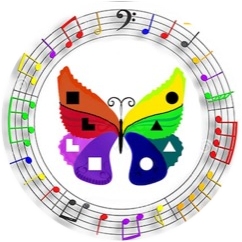



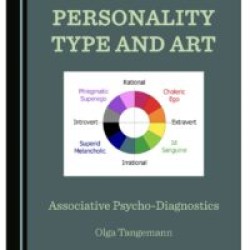
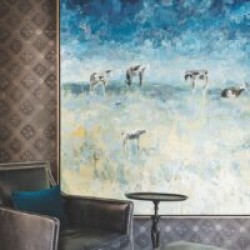

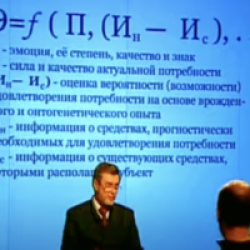
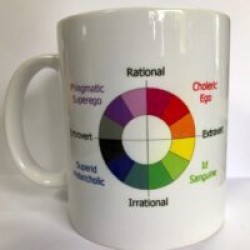
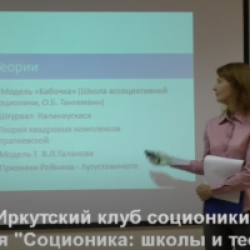
Recent comments